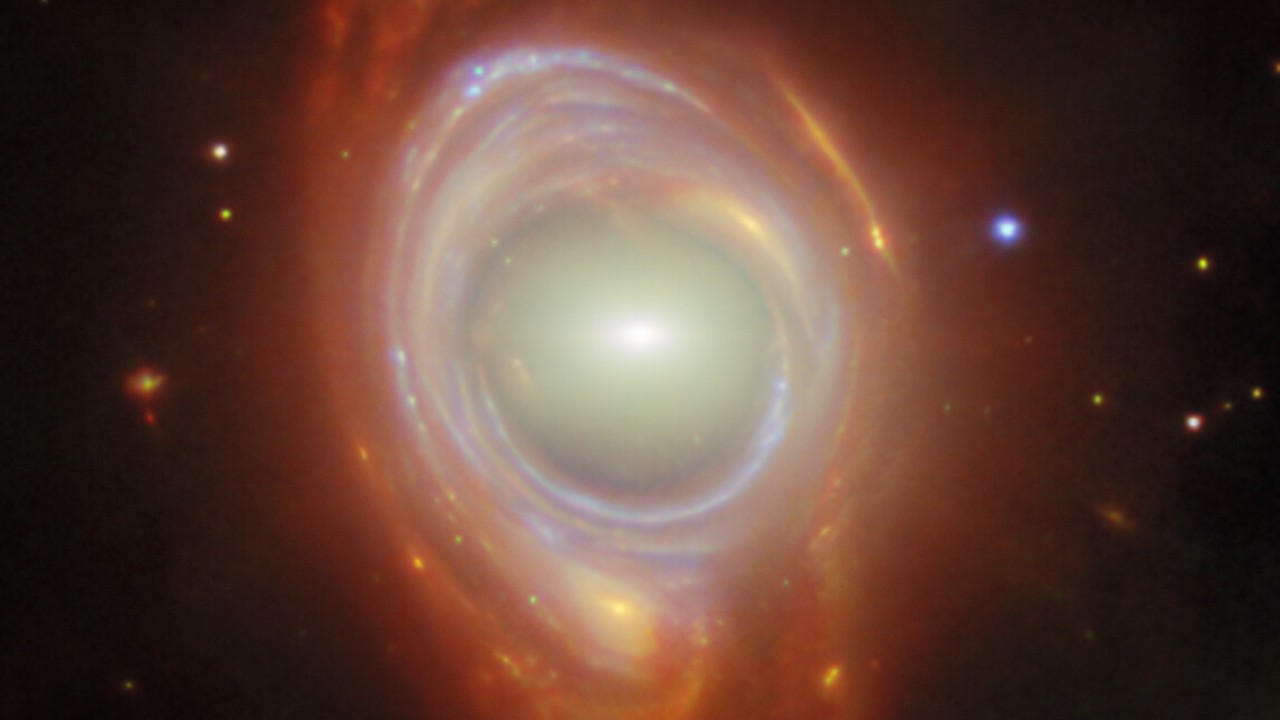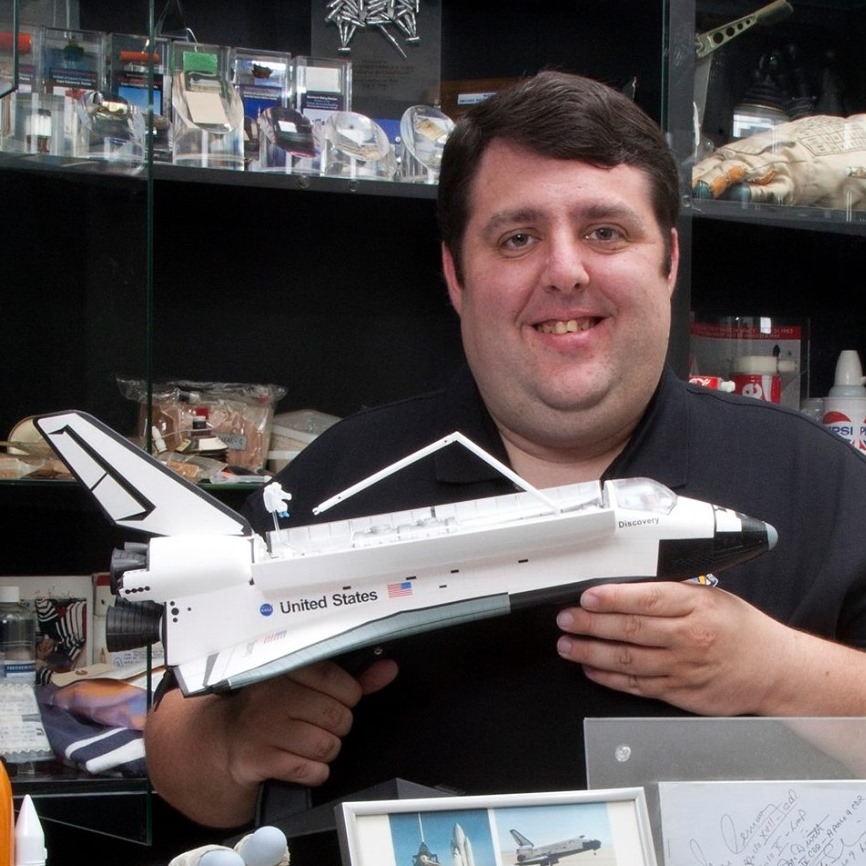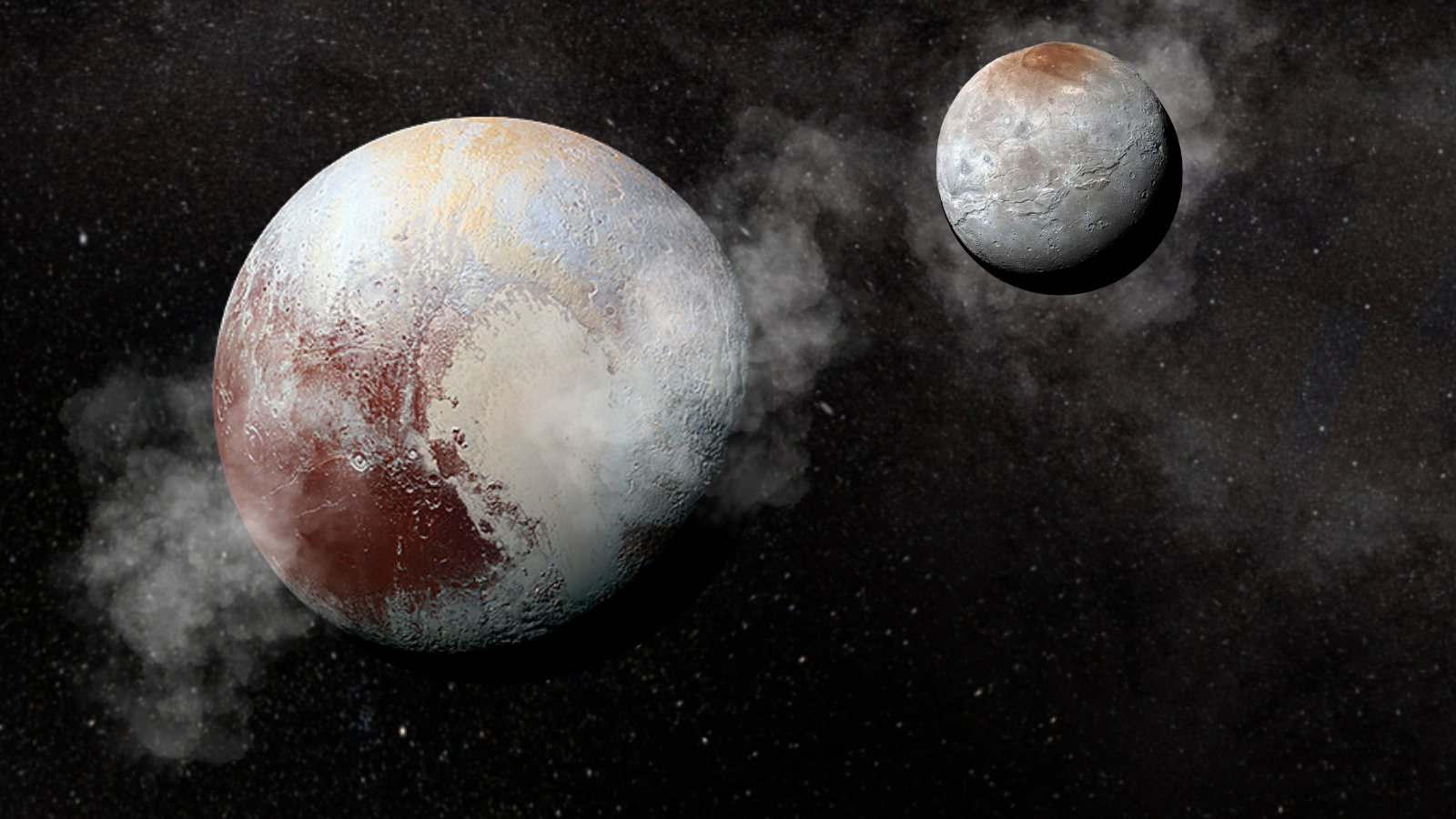James Webb Space Telescope discovers 2 galaxies forming breathtaking 'cosmic lens': Space photo of the day
The space telescope's image of a odd-looking spiral galaxy is, in reality, two distant galaxies overlapping each other.

An elliptical galaxy and a spiral galaxy appear as one celestial body as a result of the effects of mass on spacetime, the fabric of the universe.
Why is this amazing?
Two celestial bodies become one in a rare cosmic phenomenon called an "Einstein ring."
Einstein rings are the result of light from one very distant object being lensed, or "bent" about a massive object located in between the target and the viewer. This effect — which demonstrates that light and spacetime, the fabric of the universe, can be bent by mass — cannot be observed on a local level.
It sometimes can occur, though, when the curvature of light is on tremendous scales, such as when the light from one galaxy is bent around another galaxy or galaxy cluster as seen here.
Whare are the two galaxies in this Einstein ring?
The elliptical galaxy at the center of this Einstein ring belongs to a galaxy cluster named SMACSJ0028.2-7537. It can be seen as the oval-shaped, featurless glow around the small bright core.
The spiral galaxy being wrapped or lensed around the elliptical galaxy appears to be stretched and warped into a ring, with bright blue lines drawn through it where the spiral arms have been stretched into circles.
Why and how was this image taken?
The James Webb Space Telescope data used in this image was taken as part of the Strong Lensing and Cluster Evolution (SLICE) survey led by Guillaume Mahler at University of Liège in Belgium, together with a team of international astronomers. The survey is intended to trace 8 billion years of galaxy cluster evolution by targeting 182 galaxy clusters with Webb's Near-InfraRed Camera instrument.
This image also incorporates data from two of the Hubble Space Telescope's instruments, the Wide Field Camera 3 and Advanced Camera for Surveys.
Where can I learn more?
You can see and read more about another Einstein ring imaged by the Webb space telescope and learn why such a phenomenon may point to dark matter interacting with itself.
Get the Space.com Newsletter
Breaking space news, the latest updates on rocket launches, skywatching events and more!
You can also read about how distortions in space-time, such as cosmic lensing, could test Einstein's theory of relativity.
Join our Space Forums to keep talking space on the latest missions, night sky and more! And if you have a news tip, correction or comment, let us know at: community@space.com.

Robert Pearlman is a space historian, journalist and the founder and editor of collectSPACE.com, a daily news publication and community devoted to space history with a particular focus on how and where space exploration intersects with pop culture. Pearlman is also a contributing writer for Space.com and co-author of "Space Stations: The Art, Science, and Reality of Working in Space” published by Smithsonian Books in 2018.In 2009, he was inducted into the U.S. Space Camp Hall of Fame in Huntsville, Alabama. In 2021, he was honored by the American Astronautical Society with the Ordway Award for Sustained Excellence in Spaceflight History. In 2023, the National Space Club Florida Committee recognized Pearlman with the Kolcum News and Communications Award for excellence in telling the space story along the Space Coast and throughout the world.
You must confirm your public display name before commenting
Please logout and then login again, you will then be prompted to enter your display name.
